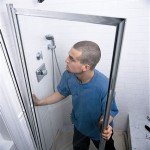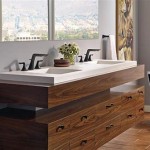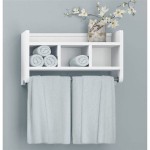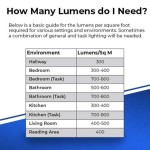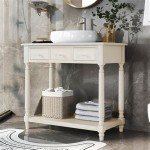PVC Wall Panels for Bathrooms: A Comprehensive Guide
PVC (polyvinyl chloride) wall panels have revolutionized bathroom décor, offering a plethora of benefits and aesthetic possibilities. These versatile panels are not only durable and water-resistant but also surprisingly easy to install and maintain, making them an ideal choice for both residential and commercial bathrooms.
Unlike traditional tiles, PVC wall panels do not require messy grouting. Their interlocking system allows for a seamless and grout-free finish, eliminating the potential for mold and mildew growth. Moreover, they are lightweight and can be easily cut to fit any shape or size, ensuring a perfect fit even in awkward corners.
Types of PVC Wall Panels
PVC wall panels come in a wide range of styles, textures, and colors, catering to every taste and bathroom design scheme. The most common types include:
- Single Panel: Simple, flat panels that provide a sleek and minimalist look.
- Tongue and Groove Panel: These panels feature interlocking edges, allowing for easy installation without the need for additional adhesive.
- Sheet Panel: Larger panels that cover a wider area, creating a seamless and expansive look.
- Textured Panel: Panels with a raised or embossed texture, adding depth and interest to the wall surface.
Benefits of PVC Wall Panels
PVC wall panels offer numerous advantages over traditional wall coverings:
- Water-resistant: PVC is naturally waterproof, making it ideal for bathrooms where moisture and humidity are prevalent.
- Durable: PVC panels are resistant to scratches, dents, and impact, ensuring a long-lasting finish.
- Hygienic: Non-porous PVC surfaces prevent the growth of mold and bacteria, creating a cleaner and healthier bathroom environment.
- Low-maintenance: PVC panels require minimal maintenance and can be easily cleaned with a damp cloth.
- Cost-effective: PVC panels are generally more affordable than traditional tiles, making them a budget-friendly option.
Installation Tips
Installing PVC wall panels is a relatively straightforward process:
- Prepare the Wall: Ensure the wall is clean, dry, and free of any debris.
- Measure and Cut: Determine the panel layout and cut the panels accordingly using a utility knife or saw.
- Apply Adhesive: Apply a bead of adhesive along the edges of the panels or on the wall.
- Install the Panels: Press the panels firmly into place, aligning the edges for a seamless fit.
- Secure the Panels: Use nails or screws to secure the panels to the wall.
- Trim the Edges: Trim any excess material from the edges of the panels.
Conclusion
PVC wall panels are an excellent choice for bathrooms, offering a combination of durability, water-resistance, and easy maintenance. With a wide range of styles and textures available, PVC panels can transform any bathroom into a stylish and functional space. Their affordable price and ease of installation make them a cost-effective and convenient option for both DIY enthusiasts and professional contractors alike.

Bathrooms Essentials Tuscany Bathroom Pvc Wall Panel White Diamond Stone 2400x1000x10mm Single Pan Diy At B Q

Benefits Of Pvc Wall Panels For Bathrooms

Washroom With 3d Wall Board Pvc Panel Desain R Mandi Modern Rumah

Spc Wall Panels Enviroclad Hygienic Decorative Pvc Cladding Sheets

Travertine Galaxy 1 2 X 4 M Bathroom Pvc Cladding Shower Wet Wall Panels Republic

Bathroom Wall Panels Guide How To Choose Shower Bathrooms Room Wet Splash The Showroom

Pvc Bathroom Wall Panels From The Marquee

Panelstyle Pvc Wall Panels Next Day Delivery Nationwide Ids

Why Pvc Shower Wall Panels Are More Flexible Than Traditional Tiles

5 Myths About Bathroom Wall Panels You Should Stop Believing Igloo Surfaces
